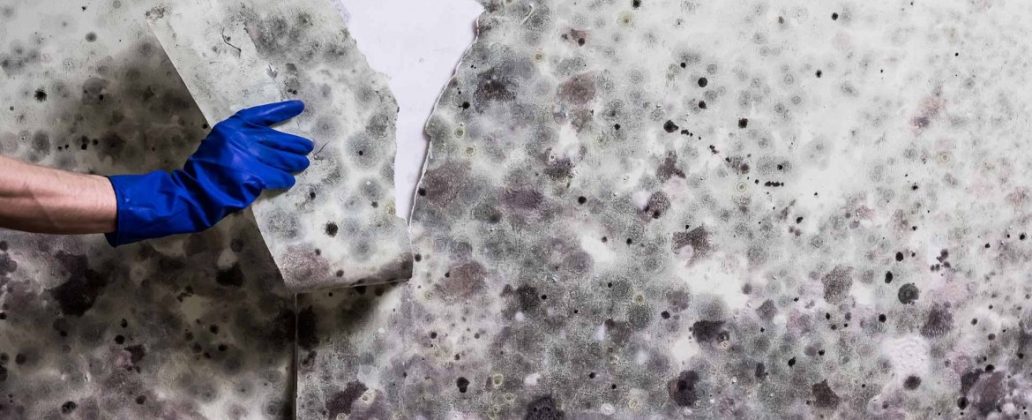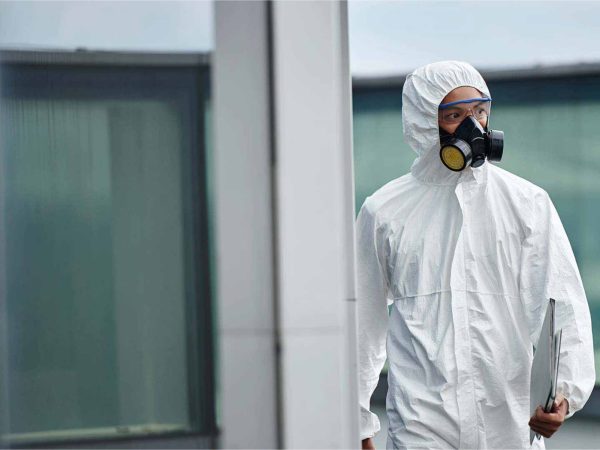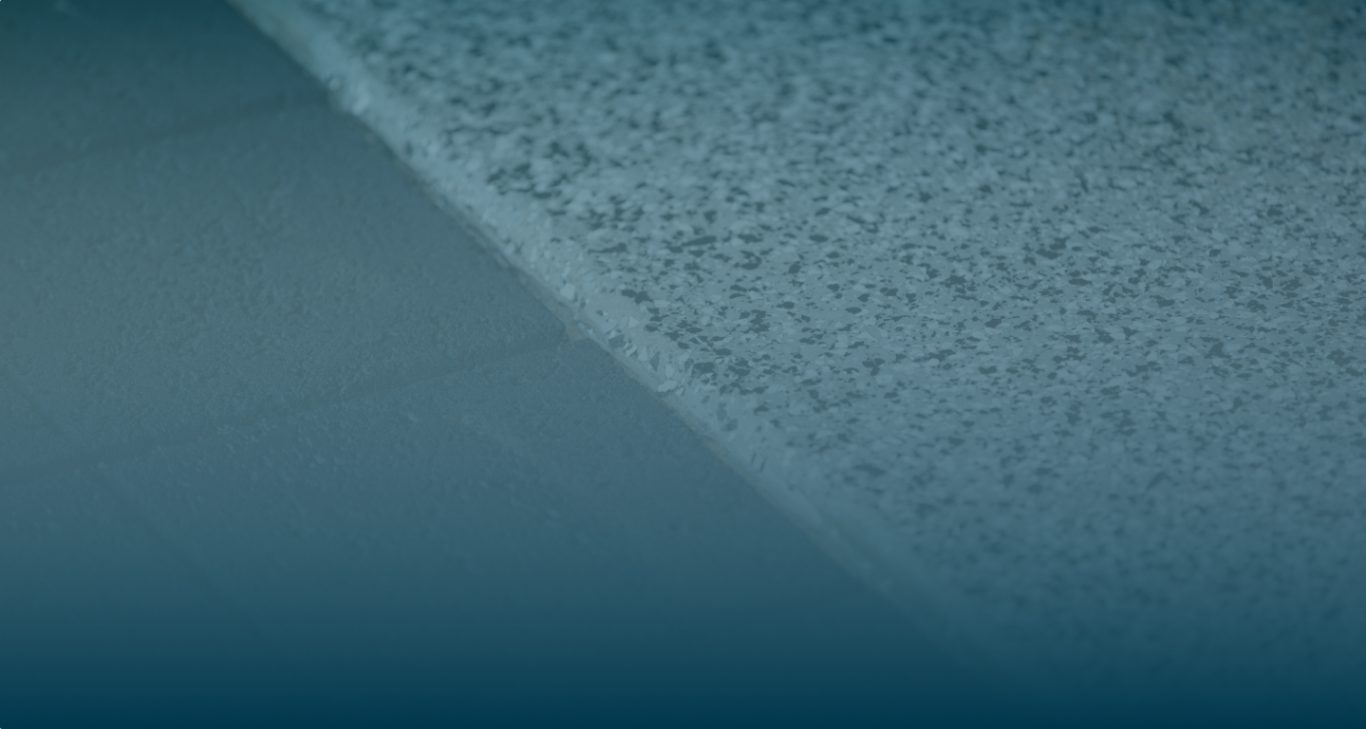Moulds, bacteria and viruses are everywhere — the air, on your skin, on your phone — though many are helpful within the broader ecosystem. For the most part, those with a healthy immune system can fight back against pathogens, but as we’ve seen with the spread of COVID-19, cleanliness is essential to maintaining community health. Moulds are one potential issue with ill effects on health which can also cause commercial building damage.
Mould is an incredibly resilient life form. The fungi kingdom is ancient; these were among the first living things to exist on land. Flashback to 420 million years ago, and you’d find 6-metre tall fungi columns near freshwater sources. For millennia, the humble portobello’s ancestors would slowly leach minerals from rocks and break them down in the process, creating the ideal positions for plants and animals to come millions of years later.
Smaller fungi like the common mould you’ll find on that old loaf of bread are still everywhere, including in your commercial building. The good news is, professional mould cleaners can easily remedy mould.
Why is there mould in my commercial building?
Mould loves moist, humid environments, hence its prevalence in bathrooms, laundries and kitchens. It also shows up where there are leaks in pipes or after flooding, where places such as the carpets’ underside cannot properly dry. Poorly sealed concrete and damp earth below a building can also contribute to moisture and mould.
Humans in an enclosed space also add to the moisture content through our respiration. You’ll notice that clearly as your breath fogs up the windows of your car on a cold morning (at least until you blast the heater with the vent open).
Lots of people equal lots of moisture. Some activities and manufacturing also create humidity, such as food preparation in commercial kitchens and restaurants, where it is imperative to avoid mould, which can cause food spoilage.
Is black mould at work dangerous?
Stachybotrys chartarum has been linked to ‘sick building syndrome’, but that claim has not been widely backed up in scientific literature. Stachybotrys has been linked to an infant’s death who had extraordinarily high exposure in the lungs. Mould is considered a health risk in severely water-damaged buildings, as some moulds can be a risk to asthmatics and those with allergies.
One thing is clear though: mould has an unpleasant odour and is unsightly. Many moulds can stain surfaces permanently as it ‘eats’ through the material — just like its ancient cousin — and its prevalence can lead to product damage or inventory spoilage.
DIY removing mould in a commercial building
We do not recommend DIY removal of large mould colonies, particularly if you suffer allergies or asthma. Heavy exposure to mould has been known to trigger a reaction in some people when precautions are not taken. A Kleenit mould removal professional will use PPE, including a particulate respirator, gloves and eye protection.
Bleach and vinegar can kill the mould; however, vinegar is much more effective for removing mould from porous materials. Mixing the substances (or any substances) is not recommended. Even if the mould has been killed, getting rid of the stains left behind takes a lot of elbow grease. Many home remedies include a mix of salt and baking soda, which we’ve found to be minimally effective.
Choosing a professional commercial mould removal service.
With Kleenit, a free initial inspection will include detailed findings and a recommended course of action to remove the mould. Following removal, we can also advise on mould prevention measures such as ventilation, sunlight entry, and ways to remove excess moisture from the affected area.
We use commercial mould cleaning substances paired with hot water high-pressure cleaning — using steam and pressure to blast away the residue from tiles, grout, metal and paint. Occasionally, where mould has permeated a surface thoroughly, there will be a need to replace the gyprock or carpet, for example.
A professional mould removal service such as Kleenit will bring their own water and cleaning agents and are covered by public liability insurance. A skilled professional reduces the chance of damage to a property and will save a commercial property owner time.
After each mould cleaning removal, we also provide a certificate of compliance – so you can rest assured that the mould threat is gone.
Get a free quote for commercial mould removal in Australia by contacting us today.




